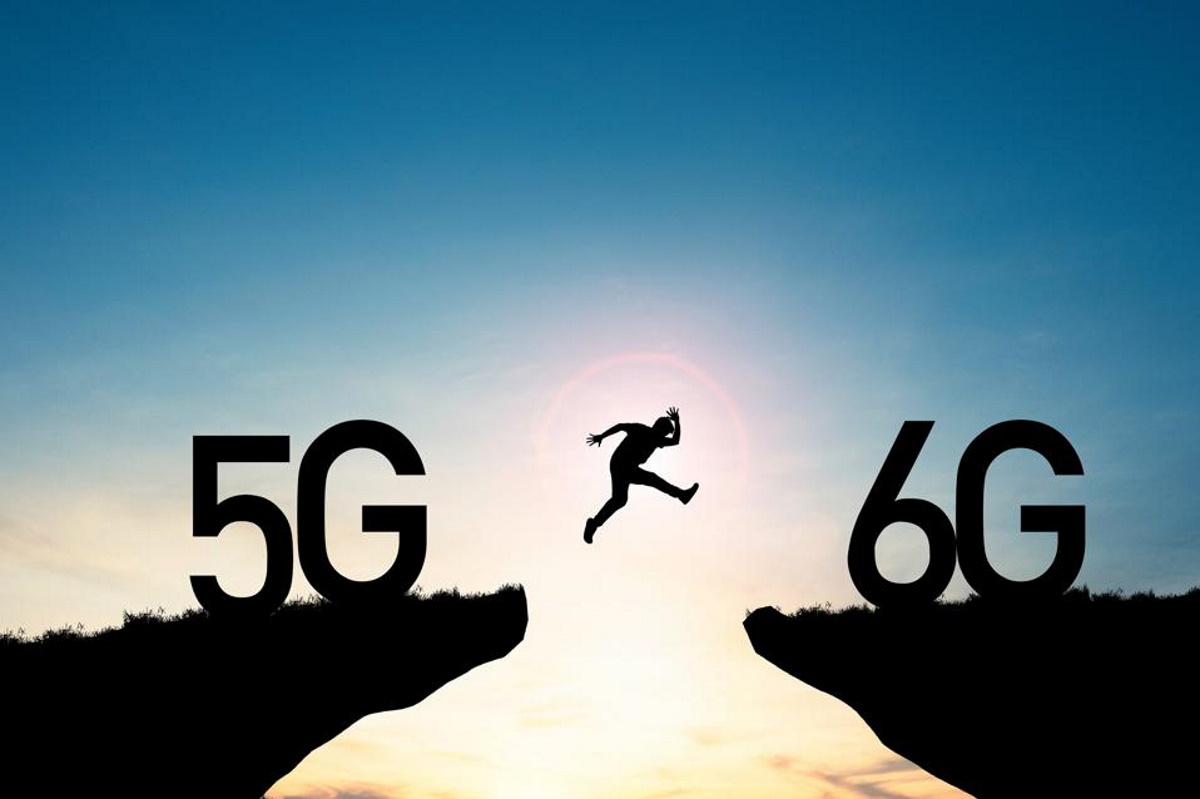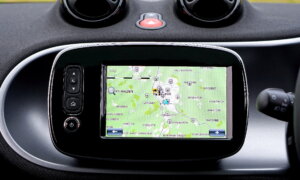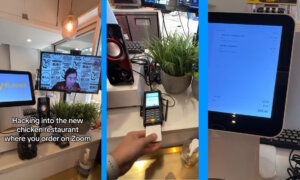With the advent of the 5G wireless technology at the horizon, some industries can’t wait to implement the new network so they can move forward with developing new equipment.
5G stands at the precipice of cutting edge, and the speeds it provides are x10 to x100 faster than what you can get with 4G. This next-generation of telecom networks that launched in 2018 will advance the Internet of Things (IoT) in almost all fields. And this comes with the right combination between speed, latency, and cost.
With 1-millisecond latency, a 90% reduction in network energy usage, 1000x bandwidth per unit area, 100% coverage, and Up to 10-year battery life for low power IoT devices, 5G will revolutionize the way we interact with smart devices. It doesn’t matter if we talk about smart devices that we use at home, at the office, or in doing heavy or dangerous tasks. That 1-millisecond latency is the best seller.
However, 5G download speeds may vary generally, by region. Fortune Magazine cited that the average 5G speed measures done in Q3/Q4 2019 range from:
- 220 (Mbps) in Las Vegas
- 350 (Mbps) in New York
- 380 (Mbps) in Los Angeles
- 450 (Mbps) in Dallas
- 550 (Mbps) Chicago
- 950 (Mbps) Minneapolis and Providence
Depending on the equipment used, the network, geographical conditions, some areas may have some problems in the beginning. But, after the network is set up and that 100% coverage is in place, the low latency, high data transfer services can be applied to everyday tasks and automatization of certain aspects of life.
These are five fields that would benefit directly from the ‘5G is x10 to x100 faster than 4G’. From everyday to high-end specialized tasks, you can find below a list of tech fields that would, in fact, advance in functionality and purpose after they have access to a high-speed wireless network.
Robotics and Drone
Some of the problems current drone and robot makers face are latency related. The robot can do a task if you pre-program it, but for more complex commands, direct interaction with the unit is imperative. Some of you may have some of these robots around the house. Those smart vacuum cleaners that take forever to remember a new schedule or setup, remember those things? Well, with the new speeds proposed by 5G, indexing a new command is done in real-time across long distances.
Imagine a world that has a surgical robot in every office that is capable of operating any injury. All it needs is a skilled doctor to hop on the other end of the device and do the operation from his phone or home PC.
Automated Assembly Line
The automatization of assembly lines is another field that would benefit from the 5G technology. The network provides characteristics required for manufacturing. Low latency and high reliability are needed to support critical applications. Connection density and high bandwidth secure universal connectivity.
These are terms that manufacturers currently rely on fixed-line networks. The mobile 5G technology will allow for higher flexibility, lower cost, and shorter lead times for factory floor production reconfiguration, layout changes, and alterations.
Ericsson’s Tallinn factory is the first to use Augmented Reality for troubleshooting, to help mitigate the cost of breakdowns and decrease production downtime.
They use AR to detect operational inefficiencies such as imperfect maintenance planning, failure diagnostics, but also for training. To date, Ericsson’s Tallinn factory achieved time savings of up to 50 percent.
More Smart Devices
With 5G and the Internet of Things offering more and more smart devices that connect to the internet, we will not be amazed if new smart products show up. A simple brush can be a smart brush that arranges the pins following the shape and size of your hair.
Maybe a smart table that can clean itself and deliver the dishes to the washer? Smart coat hangers even. The sky is the limit with the latency and speeds that 5G proposes.
All we need is a way to apply the speed that the network provides to existing devices or tools. This is why we need 5G. For the integration it offers with the internet, with other smart devices, with the world.
Self-Driving Cars
The average reaction time for a typical individual to an external visual incentive or stimulus is 250 ms or 1/4 of a second. Humans can react at around 190-200 ms, with training and conditioning. Imagine now that your car could react 250 times faster than you.
It could also interact with hundreds of incoming information and can also deliver its reactions back to other vehicles and road signals, all within milliseconds. At 60 mph, the reaction distance is about 33 yards before you pull on the brakes.
With a 1ms reaction time, the car would only have rolled a bit more than one inch (less than 3 centimeters). This is what 5G can do for self-driving cars.
Healthcare and Medicine
With 5G, mobile healthcare systems can enable networks to handle telemedicine appointments, patients getting treated sooner, and having access to specialists otherwise not available.
It can also allow doctors and other staff members to collaborate more efficiently. The implementation of VR and AR technologies adjacent to the 5G network can help doctors intervene in a crisis on a moment’s notice.
While augmented reality (AR), virtual reality (VR), and spatial computing are already being used in healthcare on a limited basis, 5G may eventually further enhance a doctor’s ability to deliver innovative, less invasive treatments.
There is also real-time monitoring of the vitals of a sick or elderly person. According to Anthem, 86% of doctors say wearables, which are a common type of remote monitoring, increase patient engagement with their health.
Additionally, wearables are predicted to decrease hospital costs by 16% in the next five years. With 5G, these wearables will be able to tell your health and transmit data to your doctor in real-time.
Follow TechTheLead on Google News to get the news first.






















